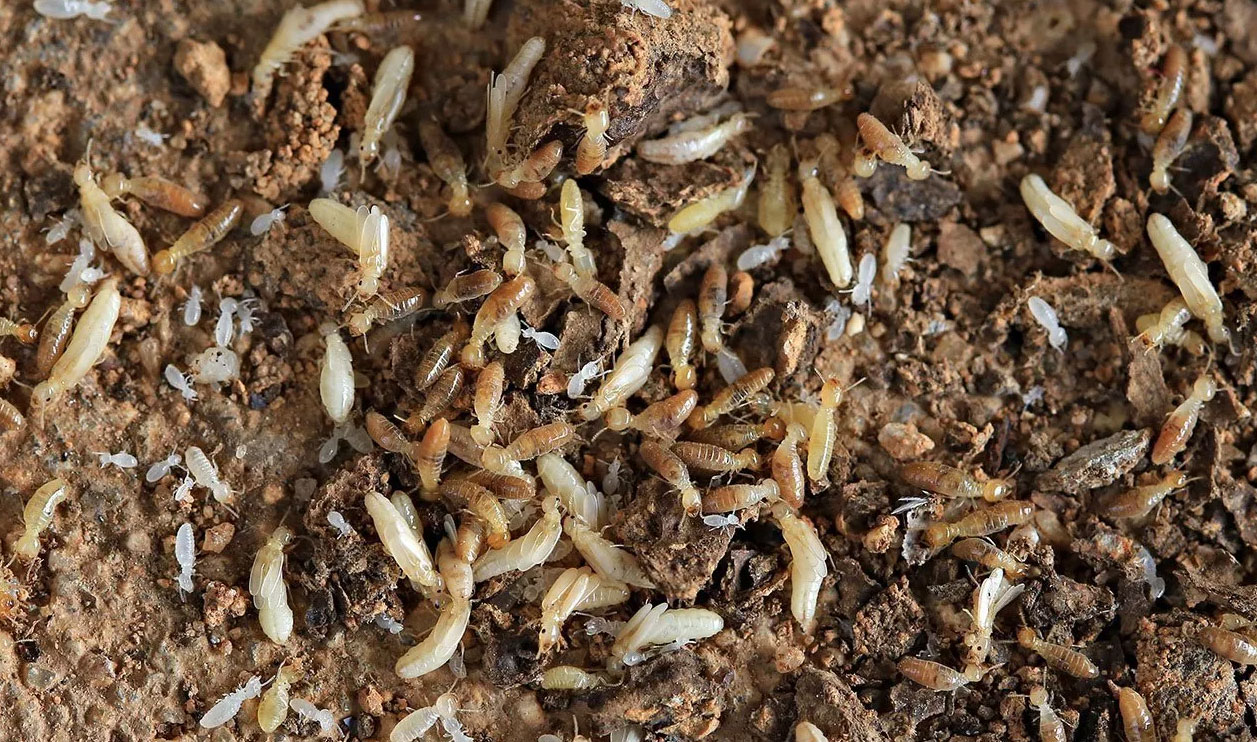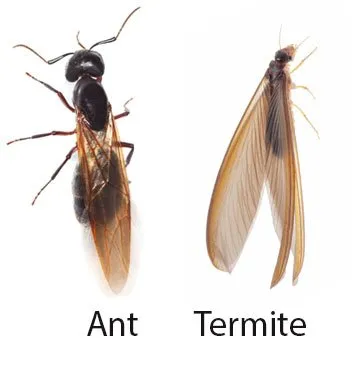Professional Termite Control
Serving Rhode Island and Southeastern Massachusetts
If you think you might have a termite problem, contact Bi-State Pest Control for courteous answers to all your questions. Let our over 30 years of experience determine if you qualify over the phone for a free on-site estimate.
A System Based on Community, Growth and a Food Source
In a termite colony, each termite plays a unique role in its survival and proliferation. This natural system of expansion and interdependence starts with the colony’s queen and king, whose sole purpose is reproduction.

During the two-week incubation period before the larval stage, all the eggs produced by the queen are cared for by different termites. The larvae then develop into either of the four termite castes: supplemental reproductive, winged reproductive, soldier, or the worker.
The role of a supplemental reproductive is to act as an emergency replacement for the queen if it is unable to breed or dies. At times, if the community’s size has to be increased, they may be allowed to breed and produce eggs even though the queen is healthy.
The main duty of a soldier is to protect the colony from enemies, most common the ants. A worker’s function is to gather food for the community and is also responsible for providing care to the eggs and nymphs. These blind, ferocious termites depend completely on the workers for food. The workers are the main cause of the majority of the home damage.
Commonly, we spot the winged reproductive termites, After passing through the nymphal stage, they start swarming around in search of an ideal place to start a new nest. During the swarming process (usually in spring), these termites lose their wings and fall prey to predators. The survivor’s mate and the colonization cycle begins once again.
It is common to mistake subterranean termites as ants. However, termites are generally smaller than ants. They have a single main body unit, unlike the ants that have three distinct body segments. In addition, a termite antennae are straight and lose its wings easily, while an ant has an elbowed antennae and doesn’t lose its wings so easily.



